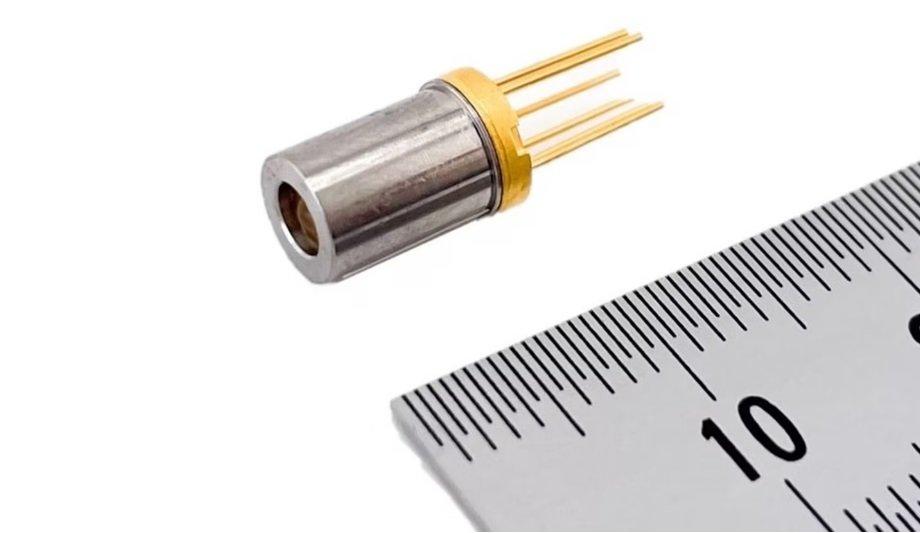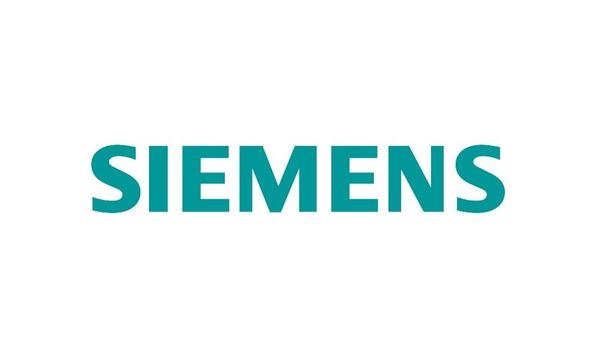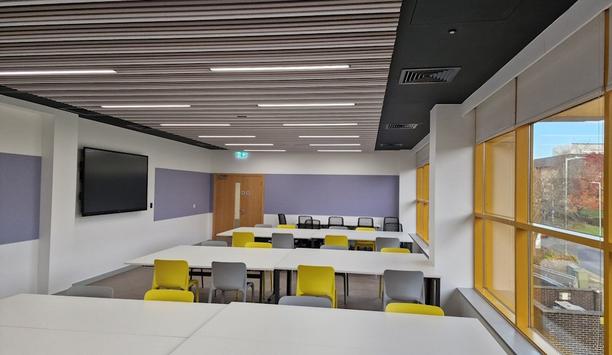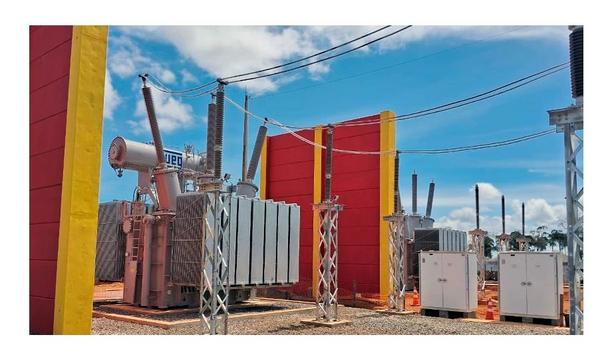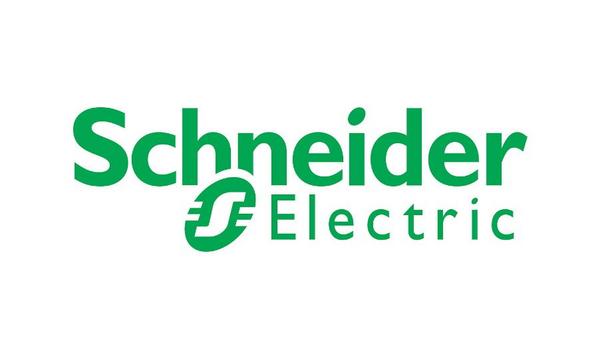Mitsubishi Electric Corporation announces that it will begin shipping samples of its latest optical device, a DFB-CAN with built-in wavelength monitor, on April 1.
This innovative new light source, the industry's first to use the TO-56CAN package for digital coherent communication capable of high-speed, long-distance transmission, is expected to contribute to the realization of ultra-small, low-power consumption of optical transceiver modules.
Intensity modulation methods
Communication traffic is growing rapidly due to advances in IoT technology, high-resolution video streaming, and generative AI technology, requiring networks to deliver ever-higher speeds and capacities. However, faster optical communication signal speeds can cause waveform distortion due to chromatic dispersion, which limits signal transmission distances.
Digital coherent communication corrects such distortions using digital signal processing technology
Digital coherent communication corrects such distortions using digital signal processing technology, allowing optical signals to be transmitted at higher speeds and over longer distances compared to conventional intensity modulation methods. In parallel, the use of optical transceiver modules is increasing as optical communication traffic grows. Both trends are driving demand for optical transceiver modules and related components that combine small footprints and low power consumption.
Coherent optical transceiver modules
Mitsubishi Electric's new DFB-CAN's compact package includes a DFB laser chip and a wavelength monitor chip. Its unprecedented low-power consumption of only 1W was achieved by improving the thermal exchange element for temperature control in the DFB laser chip and optimizing the design for heat dissipation.
In addition, the newly designed wavelength monitor chip enables high-accuracy wavelength control of the laser output at 1,547.72nm. The device is expected to contribute to miniaturization and low-power consumption in both widely deployed 400 Gbps digital coherent optical transceiver modules and next-generation 800Gbps modules currently under consideration by the Optical Internetworking Forum (OIF).
